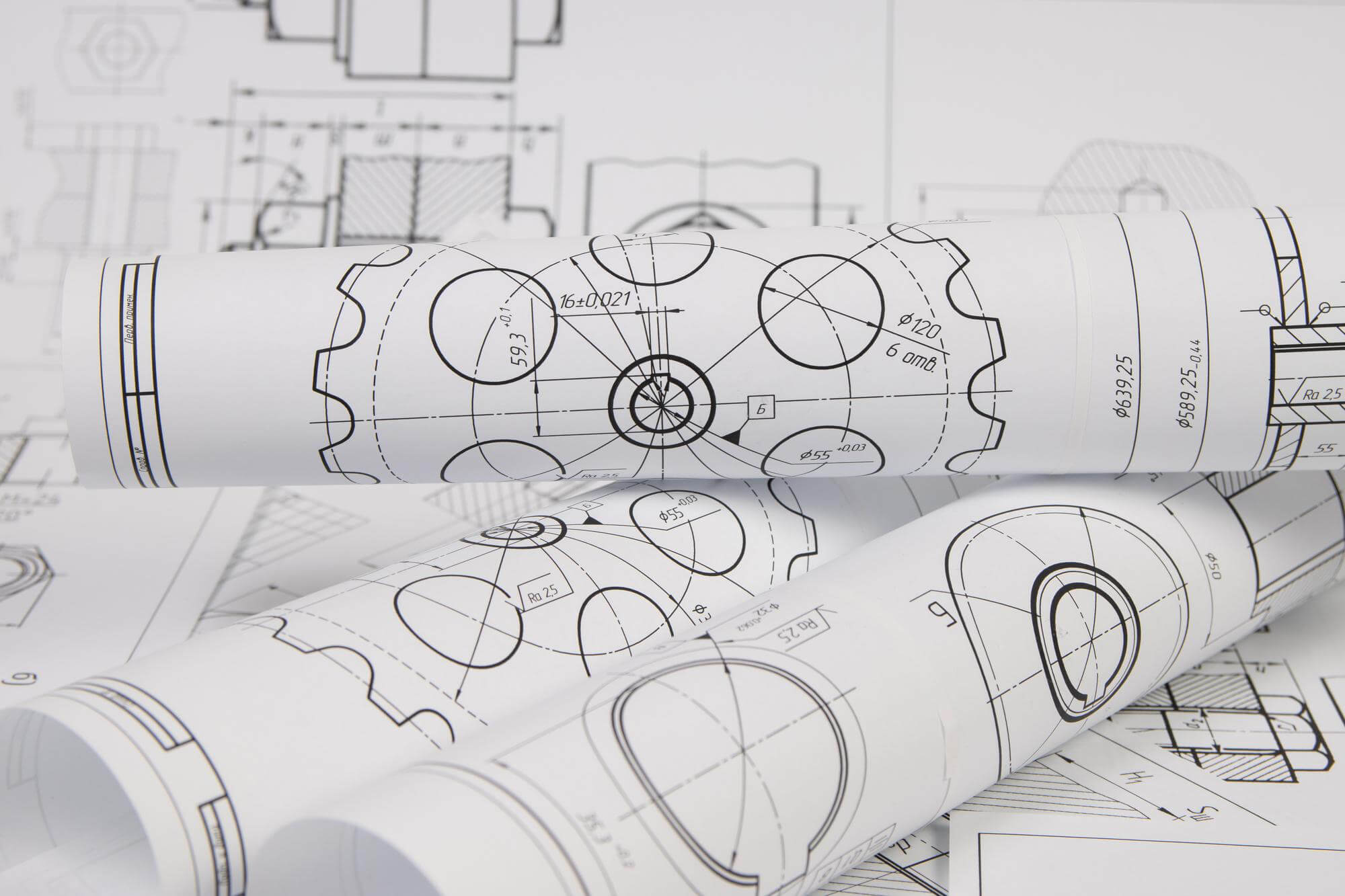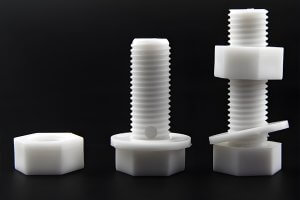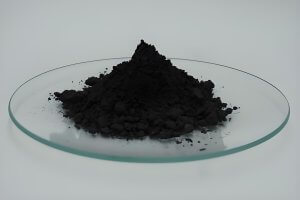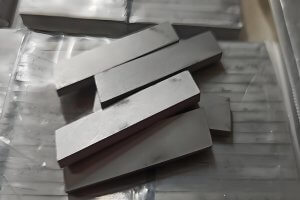When it comes to CNC machining, designing a perfect program is like choreographing a dance. It starts with detailed planning, and each step must be carefully considered. The goal is to transform raw materials into precisely machined parts. So, let’s dive into this process and explore the journey from blueprints to finished parts.
The Starting Point: Blueprints and Raw Data
Every CNC program begins with blueprints. These drawings define the shape, dimensions, and relationships between various features of the part. Often, they also include details about the raw material, such as type, size, and shape. Understanding the material is crucial because different materials behave differently during machining.
For any given part, the blueprints and material data are the primary sources of information. They provide the foundation for the program design. The aim here is to use all this initial information, considering factors like accuracy, productivity, safety, and convenience, to determine the most effective machining method.
However, blueprints and material data aren’t the only sources. Much of the required information isn’t directly available in the blueprints but in other documents. For example, process sheets provide additional details not included in the blueprints, such as pre-machining and finishing operations, grinding allowances, assembly features, hardening requirements, and setup for subsequent machines. Collecting relevant information from all sources is essential for a robust CNC program design.
Understanding CNC Machine Capabilities
Now, knowing your CNC machine is just as important as knowing your material. If the machine isn’t suitable for the job, all the initial information in the world won’t help. Programmers must focus on the specific CNC system and machine they are working with.
CNC machines consist of two main components: the CNC system and the machine tool. Any definition of a CNC machine must consider both these factors. It’s not enough to just choose the right fixtures and setups; the machine itself should be capable of handling the setup.
Modern technology offers a plethora of specific optional features that can be included with CNC machines. The list is extensive and detailed information is available on manufacturers’ and distributors’ websites. Once a CNC machine is purchased and delivered, it should meet the workshop’s needs for several years. Companies rarely buy new CNC machines for a specific part unless it’s highly cost-effective.
Machine Type and Size
Two critical aspects of program design involve the type and size of the CNC machine, especially its work envelope or work area. Other important features include the machine’s rated power, spindle speed and feed rate ranges, the number of tool positions, tool-changing systems, and available accessories. Generally, smaller CNC machines have higher spindle speeds and lower rated power, while larger machines have lower spindle speeds but higher rated power.
Machine Capabilities in Detail
Knowing the machine’s capabilities is another layer of this intricate dance. Each CNC machine is unique, with its own set of strengths and limitations. Understanding the machine’s work envelope, rated power, spindle speed, feed rates, and tool positions is crucial. Smaller machines might have higher spindle speeds but lower power, while larger machines could offer more power but lower speeds.
The control system is the machine’s brain. Advanced features like machining cycles, subprograms, and macros can save a lot of time and effort, but only if the programmer is well-versed in these functions. The goal is to make the program efficient, error-free, and easy to understand for the operator.
Control Systems
The control system is the heart of a CNC machine. Programmers must be very familiar with the standard and optional features on the controllers to use various advanced programming methods, such as machining cycles, subprograms, macros, and other time-saving functions available in modern CNC systems.
Programmers don’t need to operate the CNC machine themselves, but a good understanding of the machine and control system leads to better, more creative programs. Program development reflects the programmer’s knowledge of CNC machine operation.
Another focus in program design is the operator’s understanding of the program. This understanding is often subjective as different operators bring their personal experiences into the mix. However, all operators appreciate error-free, clear, well-organized, and professional programs, regardless of their personal experience.
Practical Considerations in Program Design
Designing a CNC program involves several practical considerations. Here’s a simplified table to illustrate some key factors and their typical parameters for different materials:
| Material | Spindle Speed (RPM) | Feed Rate (mm/min) | Depth of Cut (mm) |
|---|---|---|---|
| Aluminum | 6000 | 1500 | 2 |
| Stainless Steel | 3000 | 800 | 1 |
| Titanium | 2000 | 600 | 0.5 |
| Brass | 4500 | 1200 | 2.5 |
This table provides a quick reference for setting up cutting parameters based on the material being machined.
The Art of Information Gathering
Gathering initial information isn’t just about getting the blueprints and material specs. It involves understanding every detail that might impact the machining process. This means looking at process sheets, understanding pre-machining and post-machining operations, and knowing the grinding allowances, assembly features, hardening requirements, and next machine setups. All these pieces of information come together to form a comprehensive understanding of what’s needed for the CNC program.
Communication and Clarity
A well-designed CNC program is more than just a set of instructions. It’s a communication tool between the programmer and the operator. Clear, well-organized programs are easier to follow and reduce the risk of errors. This clarity is appreciated by operators, who value programs that are easy to understand and implement.
From Theory to Practice
In practice, designing a CNC program is a balancing act between precision and practicality. It involves understanding the material, knowing the machine, and clearly communicating the process. Each step, from gathering initial information to understanding the machine’s capabilities, plays a vital role in creating a successful CNC program.
The journey from blueprints to finished parts is complex, requiring attention to detail, a thorough understanding of both materials and machines, and clear communication. By focusing on these aspects, CNC programmers can create efficient, effective programs that result in high-quality machined parts.
Other Articles You Might Enjoy
- Mechanical Dance: The Journey of CNC Machining Parts Program Design
The world of CNC machining is a fascinating blend of precision, technology, and artistry. At the heart of this intricate dance lies the journey of program design, a crucial process…
- Precision CNC Machining of Steel: High-Volume Production
Precision CNC Machining and High-Volume Production As an integral part of modern manufacturing processes, Precision Computer Numerical Control (CNC) machining brings about unmatched accuracy and consistency in the production of…
- What are the requirements for CNC machining of bearing parts?
Bearings are common and important parts in the automotive industry, which can support transmission components and transmit torque. Generally, CNC machining centers are used to process bearing parts. So what…
- Evolution of Mills and Machining Centers: The Future of CNC Machining Parts
Stepping into the world of CNC machining, you quickly realize how pivotal mills and machining centers are in crafting precise parts. Over time, these machines have evolved significantly, transforming from…
- Aluminum CNC Machining Service for Custom Parts
Aluminum CNC machining stands at the forefront of modern manufacturing, epitomizing precision, versatility, and efficiency. With its widespread applications across industries ranging from aerospace to automotive and beyond, aluminum CNC…
- Smart Choice for CNC Machining Parts: Comprehensive Analysis of Horizontal Machining Centers
When it comes to CNC machining parts, the type of machining center you choose can significantly impact the efficiency and quality of your work. Horizontal CNC machining centers (HMCs) are…






